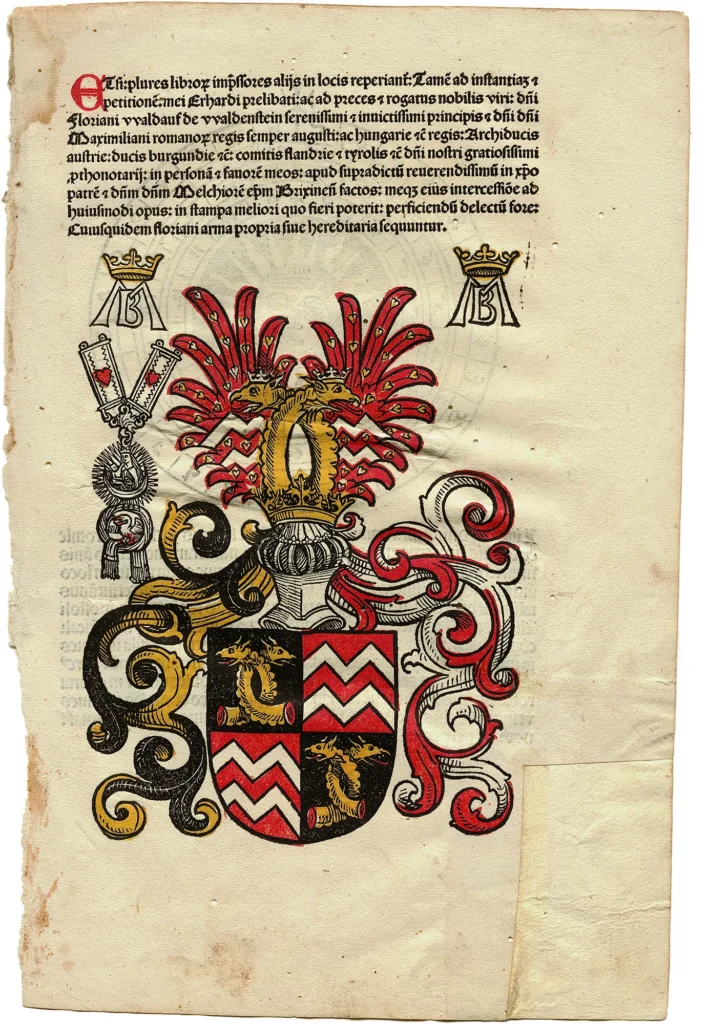The History of Papermaking For Fine Prints
The history of papermaking for fine art prints is a fascinating journey that spans over two millennia, beginning with the invention of paper in ancient China around 105 CE by Cai Lun, a court official during the Han Dynasty. This early paper was made from mulberry bark, hemp, rags, and fishing nets, creating a surface far superior to previous writing materials like bamboo strips or silk. The Chinese closely guarded their papermaking secrets for centuries, and it wasn’t until the 8th century that the technique spread westward through the Islamic world, particularly after the Battle of Talas in 751 CE when Chinese papermakers were captured and their knowledge transferred to Samarkand.
The Islamic world refined and expanded papermaking techniques significantly between the 8th and 12th centuries, establishing major centers in Baghdad, Damascus, and later in Spain and North Africa. Islamic papermakers introduced linen and cotton fibers as raw materials and developed the use of starch as a sizing agent, which made paper more suitable for writing with ink. They also pioneered the use of water-powered mills for beating the fiber pulp, dramatically improving both the quality and quantity of paper production. This period saw the creation of papers with exceptional durability and smooth surfaces that would later prove ideal for printmaking.
When papermaking reached Europe in the 12th century through Spain and Italy, it underwent another transformation. European papermakers initially struggled with the technology but eventually developed their own innovations, including the use of animal-based sizing (typically rabbit skin glue) and the introduction of watermarks around 1282 in Italy. The establishment of paper mills in Fabriano, Italy, around 1276 marked the beginning of European paper production that would specifically cater to the needs of artists and printmakers. These Italian papers were characterized by their strength, smooth texture, and ability to hold fine detail, making them particularly suitable for the emerging art of printmaking.
The invention of the printing press by Johannes Gutenberg around 1440 created an unprecedented demand for high-quality paper, spurring innovations in papermaking throughout Europe. Printmakers and artists began to recognize that different papers could dramatically affect the appearance and longevity of their work. During the Renaissance, artists like Albrecht Dürer were already experimenting with various papers for their prints, understanding that the choice of paper was as crucial as the choice of ink or printing technique. This period saw the development of papers specifically designed for different printmaking methods, with varying textures, weights, and absorption qualities.
The 18th and 19th centuries marked a golden age for fine art papers, with papermakers in Europe developing increasingly sophisticated techniques to meet the demands of artists. French papermakers, in particular, became renowned for their high-quality papers, with mills like Arches (founded in 1492 but refined over centuries) and Canson (established in 1557) creating papers that are still considered among the finest available today. These papers were made from cotton and linen rags, carefully selected and processed to create surfaces with exceptional archival qualities and printmaking characteristics. The development of laid and wove papers during this period gave artists choices in texture and appearance that could complement their artistic vision.
The industrial revolution brought both challenges and opportunities to fine art papermaking. While machine-made papers became common for everyday use, the finest mills continued to produce handmade papers using traditional techniques, recognizing that artists required materials with specific qualities that machines couldn’t replicate. The introduction of chemical pulping processes in the 19th century led to cheaper papers, but also to papers with shorter lifespans due to acid content. This development actually reinforced the value of traditional rag papers for fine art applications, as artists and collectors became increasingly aware of the importance of archival quality materials.
The 20th century saw both the preservation of traditional papermaking methods and the development of new approaches specifically designed for contemporary printmaking techniques. As new printmaking methods like screen printing, lithography variations, and eventually digital printing emerged, papermakers responded with specialized papers. The establishment of programs like the one at the University of Iowa and the founding of mills like Dieu Donné in New York demonstrated a renewed commitment to handmade papers for artists. Simultaneously, companies like Hahnemühle in Germany began developing papers specifically for emerging digital printing technologies while maintaining the archival standards required for fine art.
Today, the world of fine art papers represents a remarkable synthesis of ancient techniques and modern understanding of chemistry and archival science. Contemporary papermakers continue to use traditional methods like beating cotton and linen fibers by hand while incorporating modern knowledge about pH levels, lignin content, and accelerated aging tests to ensure their papers will last for centuries. The relationship between papermaker and printmaker remains as crucial as ever, with many artists working closely with paper mills to develop custom papers for specific projects, continuing a tradition that spans nearly a thousand years of collaborative innovation in the service of artistic expression.RetryML


